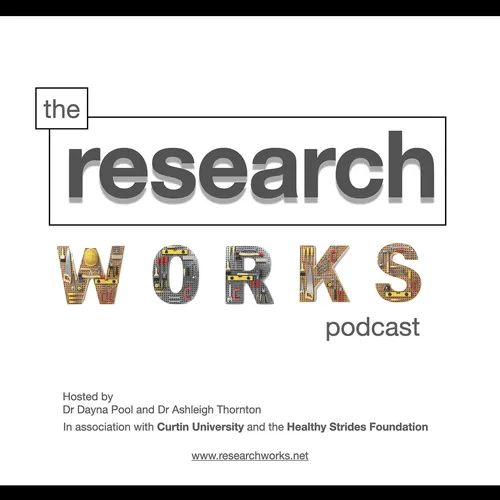Episode 54 (Dr Magnus Påhlman)
- Author
- Dr Magnus Påhlman
- Published
- Sun 10 Jul 2022
- Episode Link
- https://www.researchworks.net
Neuroimaging findings in children with cerebral palsy with autism and/or attention-deficit/hyperactivity disorder: a population-based study
Magnus Påhlman, Christopher Gillberg, Kate Himmelmann
Abstract
Aim
To compare neuroimaging patterns according to the Magnetic Resonance Imaging Classification System (MRICS) in children with cerebral palsy (CP) with and without autism and/or attention-deficit/hyperactivity disorder (ADHD).
Method
This population-based study assessed 184 children (97 males, 87 females) with CP born from 1999 to 2006 from the CP register of western Sweden, who had completed comprehensive screening and clinical assessment for neuropsychiatric disorders and undergone neuroimaging.
Results
Autism (total prevalence 30%) and ADHD (31%) were common in all neuroimaging patterns, including normal. Autism and ADHD were not more prevalent in children with bilateral than unilateral lesions, contrary to other associated impairments. Children with predominant white matter injury, related to insults in the late second or early third trimester, had the highest prevalence of autism (40%). Children who had sustained a middle cerebral artery infarction had the highest prevalence of ADHD (62%).
Interpretation
Although autism and ADHD are common regardless of neuroimaging patterns, timing and localization of insult appear to be of importance for the occurrence of autism and ADHD in children with CP. Neuroimaging may be of prognostic value for these associated impairments. Further in-depth neuroimaging studies may lead to a better understanding of the association between CP and neuropsychiatric disorders.
Abstract
podcast : (https://youtu.be/_JXBo055-is)
This original article is commented by Kraegeloh-Mann on page 10 of this issue.
Abbreviation
MRICS
Magnetic Resonance Imaging Classification System
What this paper adds
- Autism and/or attention-deficit/hyperactivity disorder (ADHD) were common in children with cerebral palsy regardless of neuroimaging findings.
- Prevalence of autism and ADHD did not differ between unilateral and bilateral lesions.
- Autism was more often associated with white matter injury and ADHD with middle cerebral artery infarction.
